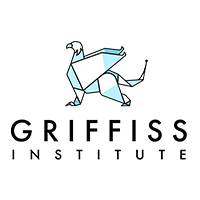Quantum Information Sciences: Integrated Quantum Photonics
Overview
Qualifications
Organization
Overview
The Quantum Information Sciences branch (AFRL/RITQ) performs cutting-edge experimental and theoretical research in a wide range of topics at the frontiers of quantum computing and quantum networking. With a unique interdisciplinary team composed of physicists, engineers, mathematicians, technicians, and computer scientists, RITQ has numerous active research efforts in quantum algorithms and leading quantum technologies such as trapped-ion systems, integrated quantum photonics, and superconducting quantum devices. Below are the application spaces and skillsets desired for four different projects available to choose from broken out by active research efforts. The Integrated Quantum Photonics team centers on both the theoretical and experimental aspects of photon-based qubits. The team develops the technology to generate, manipulate, measure, and quantify entangled photons. Typical summer projects include the production and quantification of entangled photons, programming to automate test equipment, integrated photonic device modeling, and theoretical models for quantum transduction.
Organization: Griffiss
working and learning something new every day
Postdoc
Qualifications and Eligibility
Below is a summary of the desired background for the position, and any general requirements. Additional detail may be found in the application.
About the partner
The Griffiss Institute aims to develop the next generation of STEM talent and defense technologies that will strengthen U.S. national security and create economic opportunity for our region, state and nation. We elevate talent, we empower innovation, and we enable experience.

Media Inquiries
afrl.pa.inquiry@us.af.milBusiness Inquiries
afsbirsttr-info@us.af.milHigher Education Inquiries
collaborate@us.af.milCopyright © 2025 The Air Force Research Laboratory. All rights reserved.

